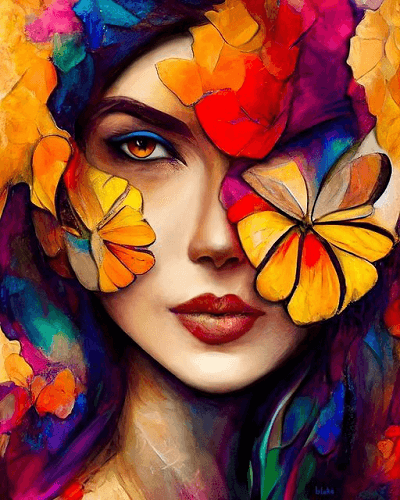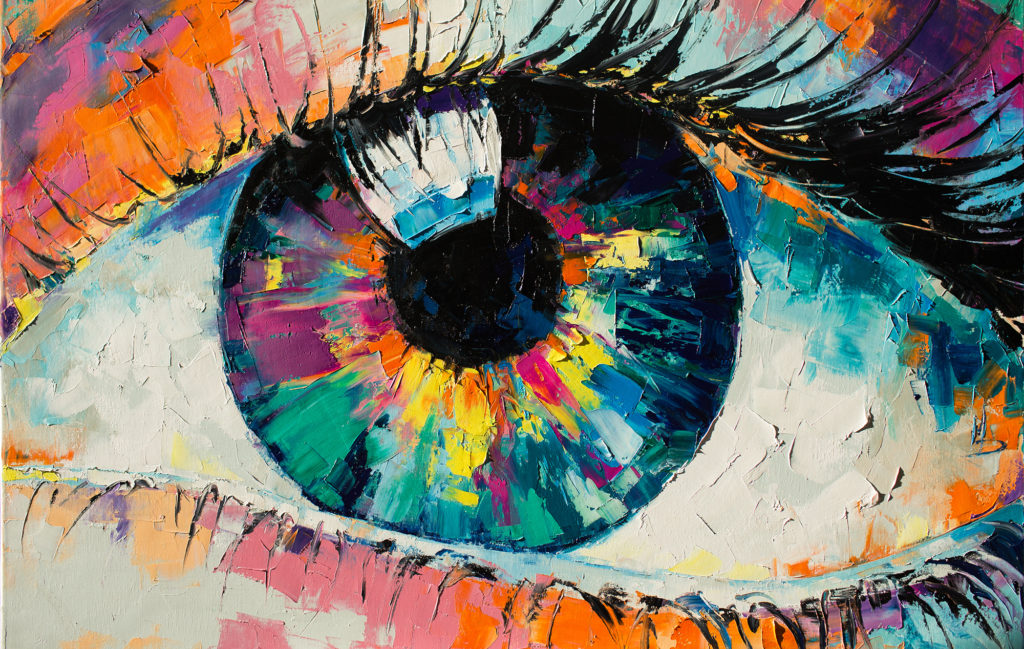Getting Started on an Aesthetic Trip Via the Lyrical Interpretations of Nature in Impressionist Landscapes
Each brushstroke, each play of light and darkness, and each color choice in their jobs speaks volumes concerning the musicians' deep connection to nature and their capacity to equate its beauty onto the canvas. As we discover the lyrical interpretations of nature in Impressionist landscapes, we are welcomed to immerse ourselves in a globe where truth and emotion link, providing a glimpse right into the artists' extensive gratitude for the all-natural globe.
The Captivating Brushstrokes of Claude Monet
Claude Monet's proficiency of brushstrokes transcends plain method, imbuing his landscapes with a spiritual high quality that mesmerizes and astounds audiences - trump art. His innovative use color and light, incorporated with his unique brushwork, creates a feeling of movement and life within his paints. Monet's distinguished series of works showing water lilies and his legendary haystacks showcase his ability to record the fleeting impacts of light and ambience

Taking On Light and Darkness With Camille Pissarro
Embodying a comparable respect for the interplay of light and darkness, Camille Pissarro's creative vision unravels as a harmonious expedition of the all-natural world's luminescent nuances. Pissarro, an essential number in the Impressionist movement, masterfully caught the vibrant relationship between light and darkness in his landscapes. His adept use shade and brushwork allowed him to communicate the refined shifts in light that specify various times of day and seasons.
Pissarro's paints frequently feature spotted sunlight filtering system via leaves, casting complex patterns of light and darkness on the planet listed below. In works such as "Hoar Frost, the Effect of Snow, Pontoise," Pissarro skillfully illustrates the crisp illumination of winter sunlight compared with the awesome shadows that define the snowy landscape. By welcoming both light and darkness in his compositions, Pissarro invites audiences to submerse themselves in the all-natural beauty and short-term effects of light on the planet around them.

With Pissarro's jobs, we are advised of the transformative power of light and shadow, welcoming us to stop briefly and appreciate the short lived moments of beauty present in the day-to-day landscapes that surround us.
A Harmony of Colors by Edgar Degas
Edgar Degas manages a vivid symphony of shades in his masterful art work, infusing his make-ups with a vibrant interplay of tones that mesmerize the audience's look. Understood mostly for his ballet professional dancers and intimate scenes of Parisian life, Degas adeptly controlled colors to communicate mood and movement in his paints. trump art. His use vibrant, different colors and refined tonal variations developed a feeling of deepness and vibrancy within his works
Degas' color combination often was composed of rich blues, deep greens, and cozy oranges, which he Bonuses used with positive brushstrokes to capture the significance of his topics. Whether depicting a ballerina mid-performance or a group of buddies talking at a coffee shop, Degas' colors not only showed the scene yet likewise evoked a feeling of emotion and power.
In Addition, Degas' testing with light and shadow included an extra layer of complexity to his shade structures, enhancing the total ambience of his paintings (trump art). Through his experienced control of shade, Degas produced a visual symphony that remains to reverberate with viewers today
Checking out Nature's Peacefulness With Berthe Morisot
Berthe Morisot's artistic vision uses a peaceful separation from the dynamic shade harmonies of Edgar Degas, as she captures the harmony of nature in her evocative landscapes. Understood for her fragile brushwork and intimate portrayals of everyday life, Morisot's landscapes show a feeling of tranquility and harmony.
Morisot's paints commonly include soft, soft tones that convey a feeling of calmness and peacefulness. Her jobs, such as "The Cradle" and "Summer's Day," display her navigate to this site capacity to capture the refined beauty of nature in such a way that is both reflective and soothing to the customer.
Unlike several of her Impressionist equivalents who concentrated on dynamic structures and vibrant shades, Morisot preferred to produce gentle, introspective scenes that welcome the visitor to show and stop briefly. Via her skillful use light and shadow, Morisot produces a sense of peace that reverberates with the viewer on a deep psychological degree.
The Psychological Landscapes of Vincent Van Gogh
Vincent Van Gogh's landscapes vividly convey a depth of feeling with their dynamic brushwork and expressive use color. The Dutch post-impressionist musician is renowned for his ability to record raw and intense emotions in his paintings, transcending standard representations of nature. Van Gogh's tumultuous personal life, marked by mental health struggles, significantly influenced his art, infusing his landscapes with a sense of unease, melancholy, or spirit.
In jobs such as "Starry Night" and "Wheatfield with Crows," Van Gogh's swirling brushstrokes and lively color options evoke a profound psychological response from viewers. The rough skies here are the findings and perturbed landscapes in his paints show his inner turmoil and emotional disturbance, welcoming customers to dig right into the intricacies of his mind.
Van Gogh's distinct visual language, characterized by exaggerated viewpoints and vibrant usage of shade, produces landscapes that resonate with audiences on a deeply psychological level. With his art, Van Gogh invites us to see nature not just as an external reality but as a mirror of our innermost feelings and emotions.
Final Thought
To conclude, the impressionist landscapes of musicians such as Claude Monet, Camille Pissarro, Edgar Degas, Berthe Morisot, and Vincent Van Gogh provide a one-of-a-kind and exciting aesthetic interpretation of nature. Through their usage of brushstrokes, emotion, shade, and light, these artists have actually created a harmony of images that stimulate a feeling of serenity and charm in the environment. Their works remain to motivate and captivate audiences with their lyrical interpretations of the landscapes around us.
Each brushstroke, each play of light and darkness, and each color choice in their jobs speaks quantities about the musicians' deep link to nature and their ability to convert its charm onto the canvas. His ingenious usage of color and light, integrated with his distinct brushwork, creates a feeling of activity and life within his paints. His proficient usage of color and brushwork permitted him to communicate the subtle shifts in light that define different times of day and seasons.
